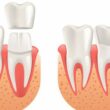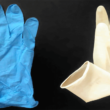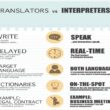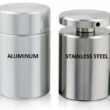Difference Between Artificial Insemination And Human Reproduction
Artificial Insemination, the injection of semen into the female genital tract by means other than normal mating. The technique is utilized in agriculture for economic purposes and in humans when fertilization through sexual intercourse is not possible.
In humans, semen is injected via a syringe into a woman’s cervix during ovulation. Doctors can use semen either from the woman’s partner, in which case the technique is called homologous insemination, or from another male, in which instance the process is referred to as donor, or heterologous, insemination. The semen may be injected immediately after collection or can be frozen in liquid nitrogen for future use.
In agriculture, cattle breeding particularly benefits from artificial insemination. The technique makes it possible to improve herds by transmitting quickly and widely the characteristics of a superior sire. A bull selected for stud service can sire, through artificial insemination, 3,000 or more offspring in a year
Human Reproduction, sexual reproduction in human beings involving the development of an offspring from the union of an ovum (egg) and sperm. In both the male and female there are various specialized organs and structures involved in reproduction. The ovum and sperm, cells known as gametes, are produced by gonads: the ovary in the female and the testis in the male. Accessory sexual structures perform other important functions, including the transportation of the gametes to the site where they may meet and unite.
Gonadal function is regulated by certain hormones, which also coordinate the gonads’ activities with those of other reproductive organs. The central nervous system is also involved in regulating gonadal function and provides a way for environmental factors to influence reproduction and reproductive behavior.



